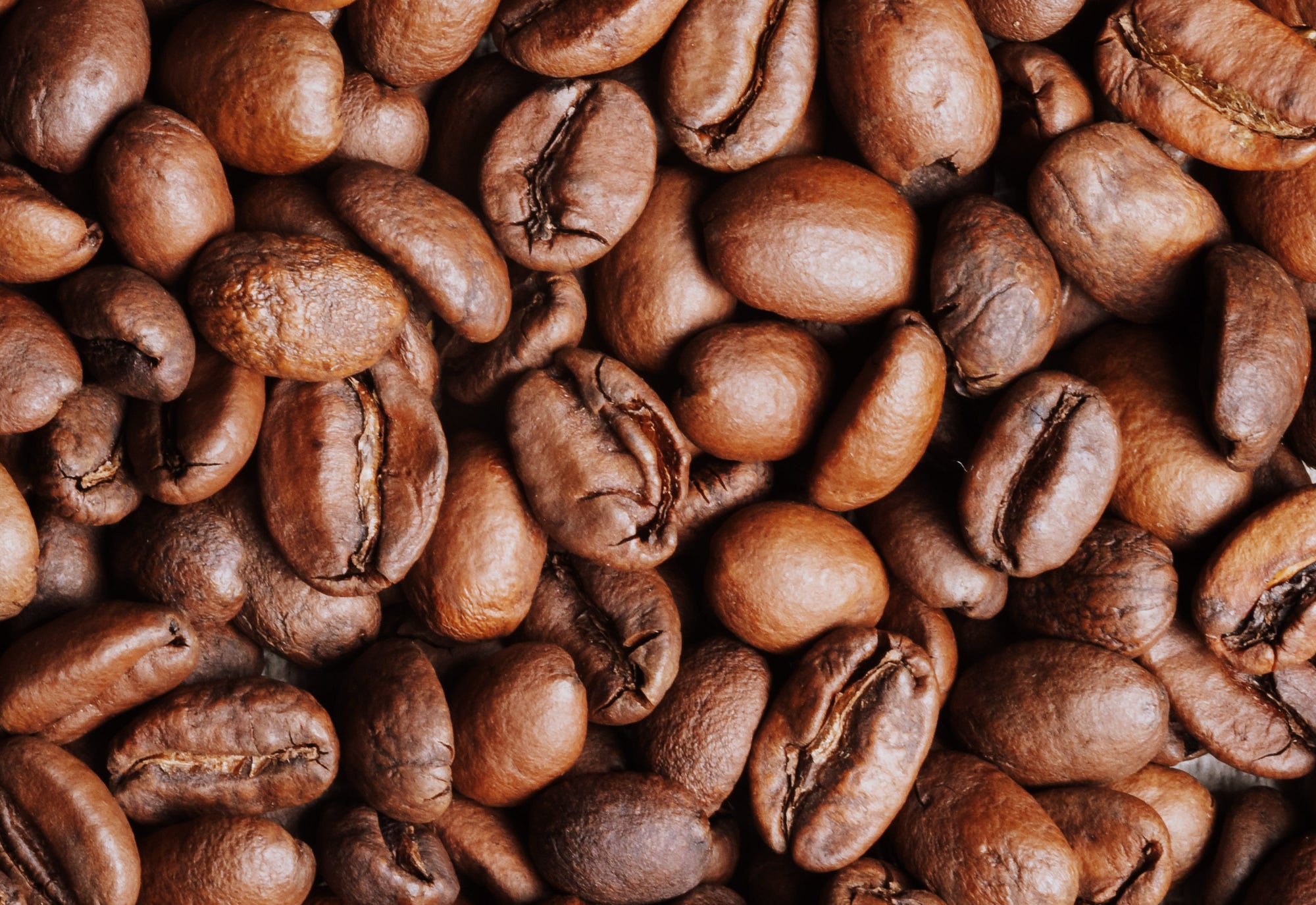

Light Roast Coffee vs. Dark Roast: What’s the Difference in Taste, Caffeine & Quality?
For many coffee drinkers, choosing between light roast and dark roast feels like picking a side. One is bright and citrusy, the other bold and smoky. But what really separates these two ends of the roast spectrum—and which is better for flavor, caffeine, and quality?
In this in-depth guide, we’ll break down everything you need to know about light roast vs. dark roast coffee, including how each roast level impacts taste, caffeine content, brewing style, and the overall coffee experience.
What Is a Light Roast?
Light roasts are coffees roasted to a lower final temperature, typically between 356°F and 401°F (180°C–205°C). These beans are light brown in color, with no surface oils and a dry appearance.
Light roast coffees are favored in the specialty world for one main reason: they highlight the coffee’s origin, as well as softer flavor notes, showcasing the combination of country, elevation, varietal, and processing method.
Light Roast Characteristics:
-
Retains the most original flavors from the farm
-
Typically features fruity, floral, citrus, or tea-like notes
-
Has higher perceived acidity and complexity
-
Often used in manual coffee brewing methods like pour over.
Light roasts are all about expression: you’re tasting the bean, not the roast.
What Is a Dark Roast?
Dark roasts are roasted to a higher internal temperature, often above 437°F (225°C). These beans are very dark brown or nearly black, and they often look shiny or oily due to the release of surface oils during roasting. These coffees are usually 'cracked' twice during roasting.
While some specialty roasters offer high-quality dark roasts, this roast level is more commonly associated with mass-market or “traditional” coffee—what you might find in diners or large chains.
Dark Roast Characteristics:
-
Roasty, smoky, bitter, or chocolatey flavors dominate
-
Lower perceived acidity
-
Fewer origin-specific flavors
-
Thicker body and “heavier” mouthfeel
Dark roasts emphasize roast character rather than bean origin.
Flavor Profile: Light Roast vs. Dark Roast
| Flavor Element | Light Roast | Dark Roast |
|---|---|---|
| Acidity | Bright, citrusy, often fruity | Low, muted, sometimes slightly sour |
| Body | Light to medium | Full-bodied, syrupy |
| Tasting Notes | Floral, citrus, stone fruit, sweet herbs | Chocolate, smoke, spice, roasted nuts |
| Complexity | High – reflects terroir and processing | Lower – roast flavor overwhelms origin |
If you enjoy nuance, light roasts are more likely to deliver that. If you want a bold, smoky, or straightforward cup, dark roasts may suit you better.
Caffeine Content: Which Has More?
This is one of the most common myths in coffee:
Myth: Dark roast has more caffeine because it tastes stronger.
Truth: Light roasts generally have slightly more caffeine by weight.
Here’s why:
-
Roasting reduces bean mass (via moisture loss).
-
Light roast beans are denser than dark roasts.
-
If you weigh your coffee (e.g. 20g), you’ll get more caffeine from light roast.
-
But if you scoop by volume (e.g. 1 tablespoon), dark roasts may have more caffeine due to puffier beans.
Bottom line: The caffeine difference is minor and depends more on brewing and measurement than roast level.
Roasting & Quality Differences
While roast level doesn’t dictate quality, they often correlate due to sourcing and audience.
-
Light roasts are more common among specialty roasters who prioritize high-grade, traceable beans with interesting flavor profiles.
-
Dark roasts are more common in commodity coffee, where flavor uniformity matters more than origin.
In specialty coffee, light roast is often used to showcase the quality of the bean. Roasting too dark can mask flaws and flavor and is often used this way. That’s why light roasts dominate high-end coffee competitions.
Which Roast Is Better for You?
It depends on your taste preferences and brewing style.
| Preference | Roast Recommendation |
|---|---|
| You like bright, fruity, or floral coffees | Light Roast |
| You want a bold, chocolatey brew with no acidity | Dark Roast |
| You’re curious about origin flavors | Light Roast |
| You prefer a heavy, classic “coffee” flavor | Dark Roast |
| You brew manually (V60, Chemex) | Light Roast |
| You use a French press or drip pot | Either, but dark may feel fuller |
Brewing Light vs. Dark Roast Coffee
Your brewing method can dramatically change how you perceive roast level.
Light Roast Tips
-
Use a longer bloom (30–45 sec) to degas
-
Brew at a higher temperature (200–205°F)
-
Use precise pour techniques (pulse pouring works well)
-
Ideal for pour over, AeroPress, Kalita Wave, and siphon
Dark Roast Tips
-
Brew at 195–200°F (or lower) to avoid over-extraction bitterness
-
Works well with immersion methods (French press, drip, moka pot)
-
Can handle a coarser grind and faster brew time
Final Thoughts
Light roast vs. dark roast isn’t just about color—it’s about flavor philosophy. One leans into origin expression and more elusive and coveted flavors like fruit, florals, and aromatics, the other into roast character. One reveals nuance, the other brings comforting boldness.
If you’re chasing complexity, aroma, and vibrant flavor, light roasts are the clear winner—especially when sourced from champion roasters and brewed with care.
Looking to taste the top 1% of roasters—always roasted fresh and shipped within 24 hours?
Where greatness doesn’t repeat. It returns, every month.
Share:
1 comment
-
I want light roast
Randolph Ray on




